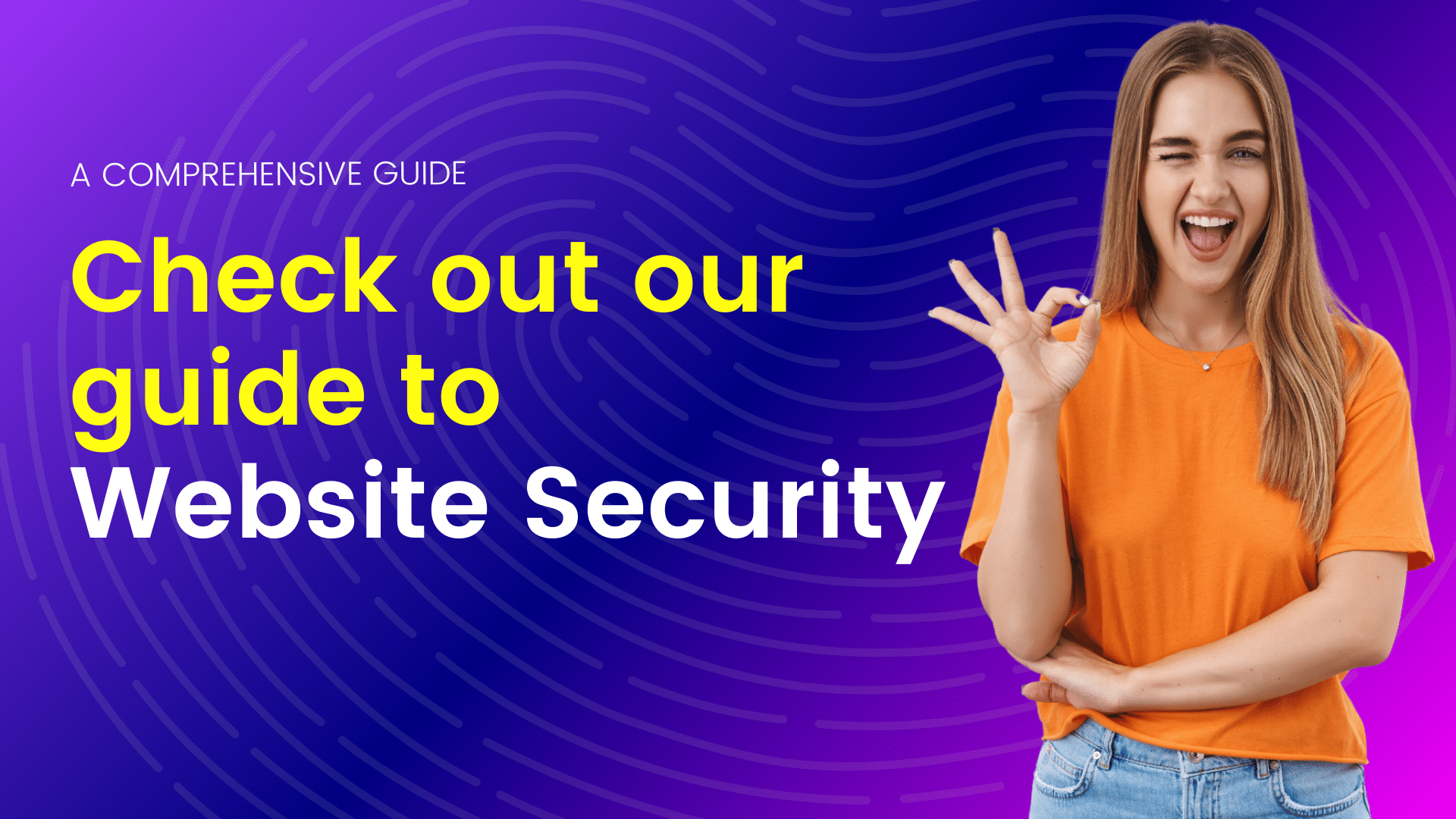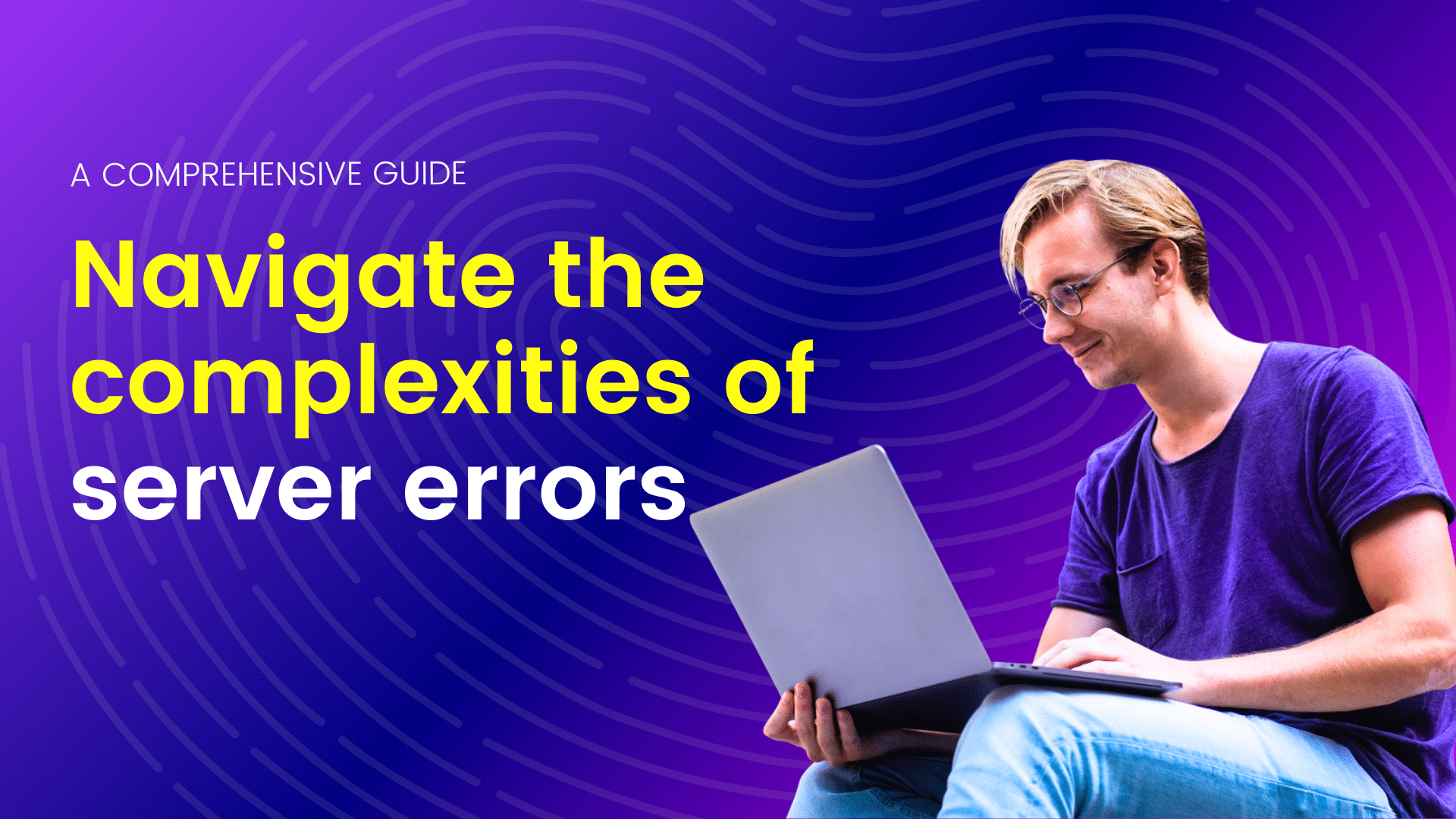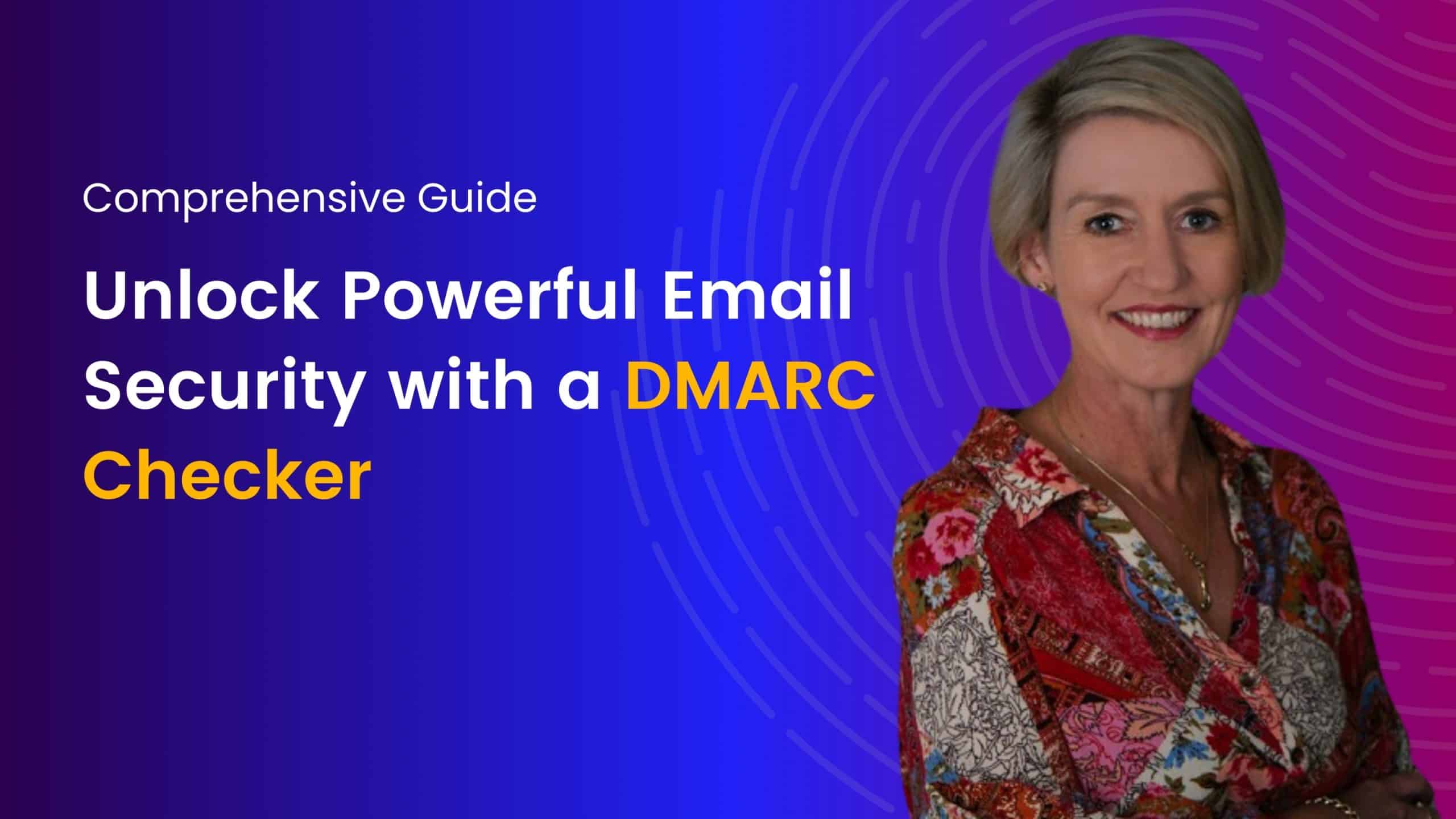Best Practices for Host Security
In today’s interconnected world, ensuring the security of your hosts is more critical than ever. A host refers to any computer, server, or device connected to a network. Host security involves implementing measures to protect these devices from cyber threats and unauthorized access.
Why is Host Security Important?
Host security is essential to safeguarding sensitive data and confidential information stored on your devices. Cybercriminals are constantly looking for ways to exploit security vulnerabilities and gain access to networks and devices. A breach can result in the loss of important data, financial loss, and damage to the organization’s reputation.
To prevent these threats, it’s crucial to implement strong host security measures. This article will discuss some of the best practices for ensuring the security of your hosts.
I. Introduction
Host security involves implementing measures to protect your devices from cyber threats and unauthorized access. It’s essential to safeguard the sensitive data and confidential information stored on your devices.
II. Keep Software Updated
Regularly updating the software on your hosts is crucial for maintaining their security. Software updates often include security patches and bug fixes that address known vulnerabilities. Failing to update software can leave your hosts vulnerable to cyber-attacks.
Here are some tips for ensuring software is always up to date:
- Turn on automatic updates for software
- Use only legitimate software from trusted sources
- Regularly check for updates manually if automatic updates are not available
- Update all software, including operating systems, web browsers, and plugins
III. Use Strong Authentication
Using strong authentication measures is crucial for securing your hosts. Weak authentication measures can make it easy for cybercriminals to access your hosts and steal sensitive data.
Here are some tips for creating strong passwords and implementing multi-factor authentication:
- Use long, complex passwords that include a mix of upper and lowercase letters, numbers, and special characters
- Use a password manager to generate and store unique passwords for each account
- Enable multi-factor authentication wherever possible, which requires users to provide additional authentication factors beyond just a password, such as a fingerprint or security token
IV. Implement Firewall Protection
Firewalls are an essential component of host security. They protect your hosts from unauthorized access by blocking incoming traffic that is not authorized. There are two types of firewalls: hardware firewalls and software firewalls.
Hardware firewalls are physical devices that sit between your network and the internet. They are typically used in enterprise environments and provide robust protection against cyber threats. Software firewalls, on the other hand, are installed on individual devices and protect against threats that originate from the internet.
Here are some tips for configuring firewalls effectively:
- Configure firewalls to block all incoming traffic except for authorized traffic
- Use firewalls in combination with other security measures such as intrusion detection and prevention systems
- Regularly update firewall software to ensure it is up to date with the latest security patches
V. Regularly Back Up Data
Regularly backing up your data is crucial for minimizing the damage caused by security breaches or hardware failures. Backups enable you to restore data during a loss or compromise.
Here are some tips for creating and storing backups effectively:
- Choose a backup method that works for you, such as cloud-based backups or physical backups
- Backup all data regularly, including databases, files, and system settings
- Store backups in a secure location that is separate from the original data
VI. Monitor Host Activity
Monitoring host activity is critical to identifying potential security threats before they can cause significant damage. Regular monitoring allows you to identify suspicious behavior, such as unauthorized access attempts, unusual network activity, or attempts to modify system files.
To set up host monitoring, you can use various tools, including intrusion detection and prevention systems (IDPS), security information and event management (SIEM) software, and endpoint detection and response (EDR) solutions. These tools enable you to monitor network traffic, log activity, and detect and respond to security incidents.
When monitoring host activity, look for any anomalies or indicators of compromise, such as:
- Unusual network traffic, such as a sudden spike in data transfer
- Unauthorized access attempts, including failed login attempts and attempts to access restricted files or directories
- Unusual user behavior, such as accessing files or applications they wouldn’t typically use or accessing them outside of regular business hours
- Modifications to system files or registry entries
- The presence of malware or suspicious files
If you detect a security incident through host monitoring, you should act quickly to contain the threat and minimize any damage. Here are some tips for responding to security incidents discovered through monitoring:
- Isolate the affected host: Remove the host from the network to prevent the spread of the infection or limit the attacker’s access.
- Investigate the incident: Collect and analyze logs and other data to determine the extent of the damage and the root cause of the incident.
- Remediate the incident: Clean the host of any malware or malicious files and patch any vulnerabilities exploited by the attacker.
- Enhance security: Review your security policies and procedures to identify any gaps and implement measures to prevent similar incidents from occurring in the future.
By implementing host monitoring and responding to security incidents quickly and effectively, you can strengthen your host security and protect your organization from cyber threats.
Conclusion
In conclusion, this article has outlined the best practices for strong host security, which include keeping software up to date, implementing a strong password policy, configuring firewalls, and using anti-malware software. We have discussed the importance of regularly backing up data and restricting access to sensitive information. Additionally, we have highlighted the benefits of using multi-factor authentication and monitoring system logs for unusual activity.
It is essential to implement these best practices to ensure the security and integrity of hosts, which are vulnerable to cyber-attacks. By following these recommendations, organizations can prevent data breaches, reduce the risk of malware infections, and maintain the confidentiality of sensitive information.
Overall, the importance of strong host security cannot be overstated, and organizations must prioritize the implementation of these best practices to protect their digital assets and reputation.
Join me on a journey of discovery through our blogs, where I share valuable insights, tips, and trends in web hosting and technology. From optimizing website performance to exploring emerging technologies, you'll find everything you need to stay ahead in the digital world. Let's connect, learn, and grow together.
























